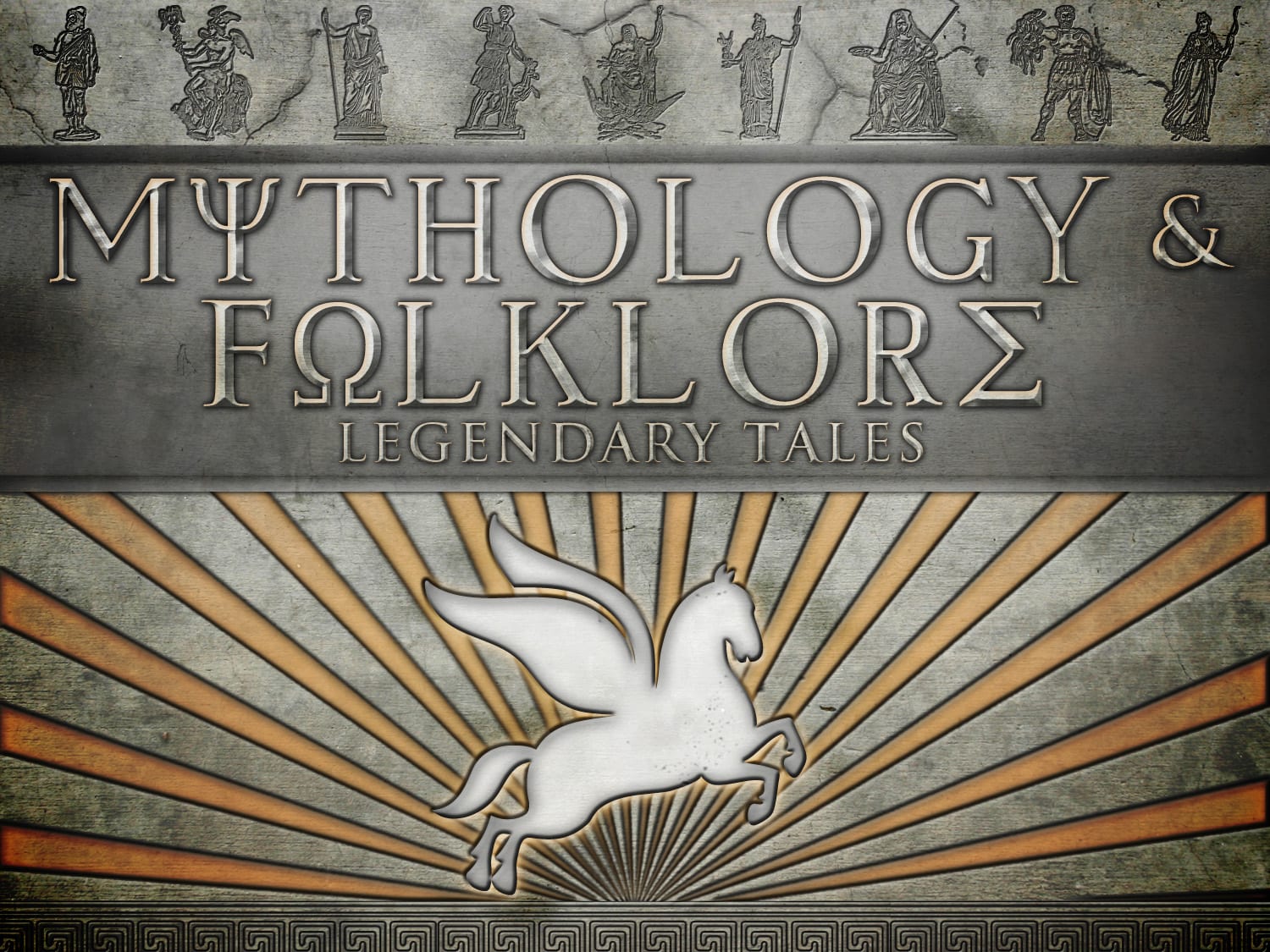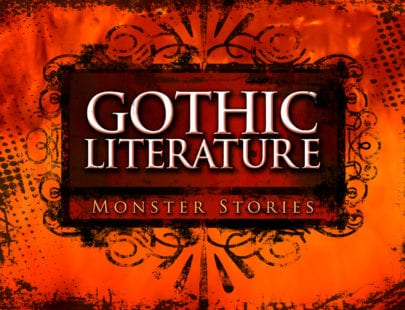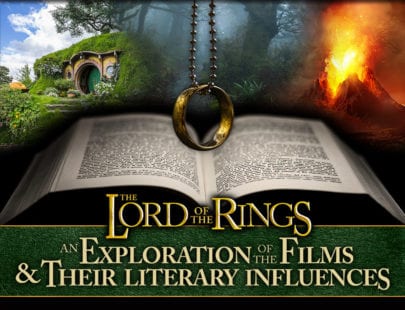
Mythology & Folklore
Since the beginning of time, people have gathered around fires to tell stories of angry gods, harrowing journeys, cunning animals, horrible beasts, and the mighty heroes who vanquished them. Mythology and folklore have provided a way for these colorful stories to spring to life for thousands of years and helped humans make sense of the world. Explore how these compelling tales continue to shape society even today.
Units at a Glance
Unit 1: Introduction to Mythology & Folklore
Since prehistoric times, people have passed important stories down from generation to generation. Although cultures differed significantly throughout history, many of these oral traditions are similar. In fact, did you know that for most of the gods in Greek mythology, there are corresponding gods in Roman mythology, along with striking similarities in the stories? As time moved from prehistory (before writing) into history (the written age), these stories were written down so that others could learn from them and enjoy them. All of these stories—myths, legends, folktales, and fairy tales—serve a distinct purpose in the literature of the world.
What will you learn in this unit?
-
- Examine the relationship between ancient mythology and modern storytelling
- Investigate the definition of myths and their role in human culture
- Distinguish the different types of myths
- Compare folklore, legends, and folktales
- Understand the defining characteristics of fairy tales
Unit 2: Goddesses and Warriors
Throughout the ages, women have often been at the forefront of battles, fighting to protect their people, land, and way of life. These women warriors have been historically viewed as strong, proud women with unfailing courage. This unit will explore the characteristics of women warriors in mythology and folklore, be they goddesses, mythic figures, or legends based on real-world warrior women. You will examine the deeds of the Valkyries, the Norse warrior goddesses, as well as a Norse warrior woman from around the year 1000 CE. Finally, you will analyze the effects of these on women in ancient societies.
What will you learn in this unit?
-
- Define a warrior as exemplified by the mythical Greek Amazons
- Explain how real-world aboriginal warrior women mirror the mythical Amazons
- Explore the history of Boudica, the Celtic Warrior Queen, as well as the Celtic goddesses
- Investigate Norse warrior women and goddesses as well as Freydis Eiriksdotter, a real-world Viking warrior woman, and compare the status of women in Norse and Celtic societies
- Compare warrior women across the Asian continent
Unit 3: The Heroic Monomyth in Mythology and Folklore
Since the beginning of time, humans have told stories of heroes around the hearth or camp fire at night. Although each story is unique, it is also universal in its ability to speak to humankind and the need for a brave hero or heroine who embodies the ideals that define society. We need to believe we can take on something bigger than ourselves and win, and that good ultimately triumphs over evil. As we study the heroic monomyth, you will learn exactly what sets a hero apart from the rest of humanity. You will follow heroes on each leg of their journeys and learn to differentiate between the types of stories used to tell of their brave deeds.
What will you learn in this unit?
-
- Distinguish the different types of hero tales found in every culture
- Explain the shared characteristics that define a hero
- Identify the seven archetypes common to the hero monomyth
- Trace the stages of a hero’s journey
- Describe the cultural and historical importance of heroes and heroines
Unit 4: The Roles of Animals
Animals have walked the Earth since the dawn of time, and they have been woven into the human experience throughout the ages. Animals, both real and mythical, are an integral part of myths and legends from around the world. They play many different roles in literature. Animals may be gods or heroes, faithful companions or terrifying monsters. Sometimes they help humans succeed in a quest, and other times they act as clever tricksters and attempt to sabotage it. Often in myths and legends, the line between animals and people becomes blurred, and one takes on the characteristics of the other. In this unit, you will explore the role of animals in myths and legends.
What will you learn in this unit?
-
- Recognize the importance of animals in mythology
- Explain the varied roles animals play in legends and mythology
- Identify creation stories where animals play an important role
- Describe the symbolic nature of animals as portrayed in myths and legends
- Trace transformation myths from around the globe and identify modern myths and legends involving animals
Unit 5: The Social Significance
The myths and legends of a society are often the cornerstone on which its culture is built. Most cultural activities and beliefs can be traced back to a society’s stories. Myths and legends provide a basis for moral boundaries and establish the basic guidelines for the way people within a society live. As you learn about myths from around the world, you will find that many cultures have similar stories. These common threads can be traced back to a time before people migrated to the far corners of the globe. In this unit, you will learn how myths and legends link the past with the present and provide continuity from ancient times to the modern. You will discover why we need them and how they shape the world around us.
What will you learn in this unit?
-
- Explain the communal importance of myths and legends
- Identify how myths and legends are used to explain the social world
- Understand that myths are the basis of cultural activities in a society
- Describe how myths provide meaning to everyday life
- Identify the use of myths and legends to establish guidelines for living
Unit 6: Myths of the World
Almost every ancient culture had a pantheon of gods and goddesses as the cornerstone of their mythology. In this unit, you will study the themes early cultures built their mythology upon and learn the characteristics of various gods and goddesses. You will also explore the cultural effects of mythological systems and see how they compare. You will see how myths influenced architecture, and you will learn what kinds of places of worship various cultures built for their deities.
What will you learn in this unit?
-
- Explain the role of religion for one of the oldest civilizations: Mesopotamia
- Associate the myths of the Aztecs with their religious practices, including human sacrifice
- Explore the universe as explained in Norse mythology
- Connect the myths of the Egyptians with their funerary practices
- Outline the Greek pantheon and creation myths
Unit 7: Comparative Mythology
Although every culture has its own unique myths and legends, certain themes show up in almost every culture, from isolated tribes in the jungles of the Amazon to the great civilizations in Europe and even to the scattered islands of the Pacific Ocean. In this unit, you will learn about the similarities of these worldwide myths and legends, and you will search for the historical facts behind them. You will learn how the need for humans to provide a sense of balance to their world lends a degree of commonality to their stories, even when cultures are completely different. Finally, you will look at how the myths and legends surrounding sacred objects can be found in all lands.
What will you learn in this unit?
-
- Identify the purpose of comparative mythology
- Recognize structural similarities across myths
- Interpret common symbols found in many myths
- Investigate the possible link between common mythological events like flooding
- Compare “lost cities” from different cultures
Unit 8: Modern Myths & Legends
We often think of myths and legends as stories from long ago, but they can still be found in many different forms in our world today. Modern myths and legends have been renamed urban legends, but they are just as culturally important as legends of long ago. In this unit, you will learn the purpose behind urban legends.
You will find out which superstitions are still alive and well. Was that a black cat that just walked by? You will join the search for animals of modern myth and long-lost cities. Finally, you will decide if the legends associated with mystical places like the Bermuda Triangle are true or nothing more than modern legends.
What will you learn in this unit?
-
- Explain the purposes of urban legends in today’s society
- Recognize the superstitions that are still around today
- Describe what cryptids are and their role in myths and legends
- Determine why some geographic locations have deadly reputations
- Identify the areas of the world that have legends associated with them
Required Materials
Physical
- Audio or video recording device
Software
- Word processing software
Optional
- Media inspired by mythology (comics, shows, books, etc.)
- Spreadsheet software
- Presentation software
- Image editing software



